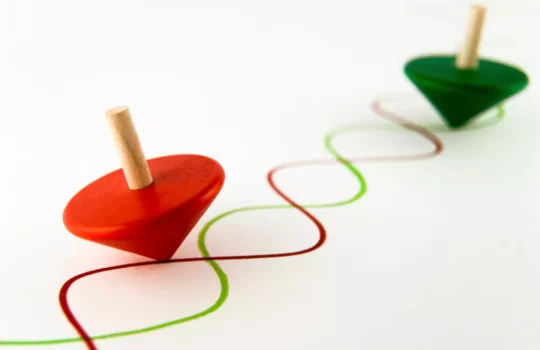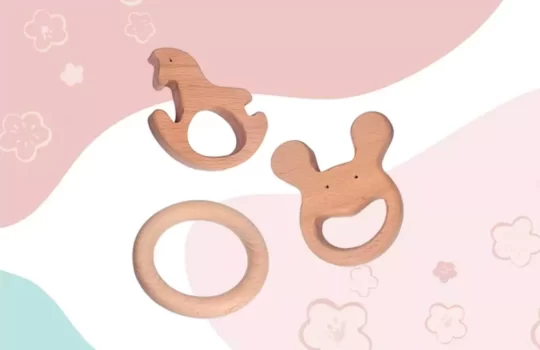How to encourage independent play in children
January 12, 2023 2025-01-27 10:51How to encourage independent play in children

How to encourage independent play in children
“How to get children to play on their own?” is one of the many things that most parents wonder about. But it is unreasonable to expect a year old to play on their own for long stretches of time. Teaching kids to play solo is not just so you can get some work done, or maintain your sanity, but crucial for them to learn independence, creativity, and critical-thinking skills. They become much more confident and self-reliant. These are valuable skills to take on into adulthood.
The benefits of Independent Play
Ways to encourage independent play in children
Take it gradually
Create a safe space for your kid
Plug down on screen time during playtime
Limit toys that are over-stimulating
Limit the number of toys you expose them to
Keep age-appropriate toys on offer
Keep it fresh
Play in parallel with them
Manage your expectations
Don’t offer praise, comments, directions, ideas or evaluations of play
Watch your tone and body language
Allow them to take the lead
Make it a routine
Children thrive on routine. Make independent play part of their everyday routine. This could be in the morning, afternoon post-lunch, when they get back home from school in the evening, or sometimes before bed. Whatever works for you and your kid!
When you set up a routine, it helps them ease into the rhythm and they will know what to expect. This way, they will look forward to their “me time” even more!
It is impossible to play with your kid the entire day! A one-year-old can play up to 20 minutes by himself! There are some days when your little one will be super happy to play on their own. But on other days, they will stick by your side and never leave.
Solo play is more than just fun and games. It fosters creativity, boosts their self-esteem, makes them self-reliant no matter if they are alone, in a small group or in a large social set-up, and makes them more confident and independent.
Be patient, be consistent and soon you will realize how nice and peaceful that much-deserved downtime can be. That’s a win-win for both you and your child!







